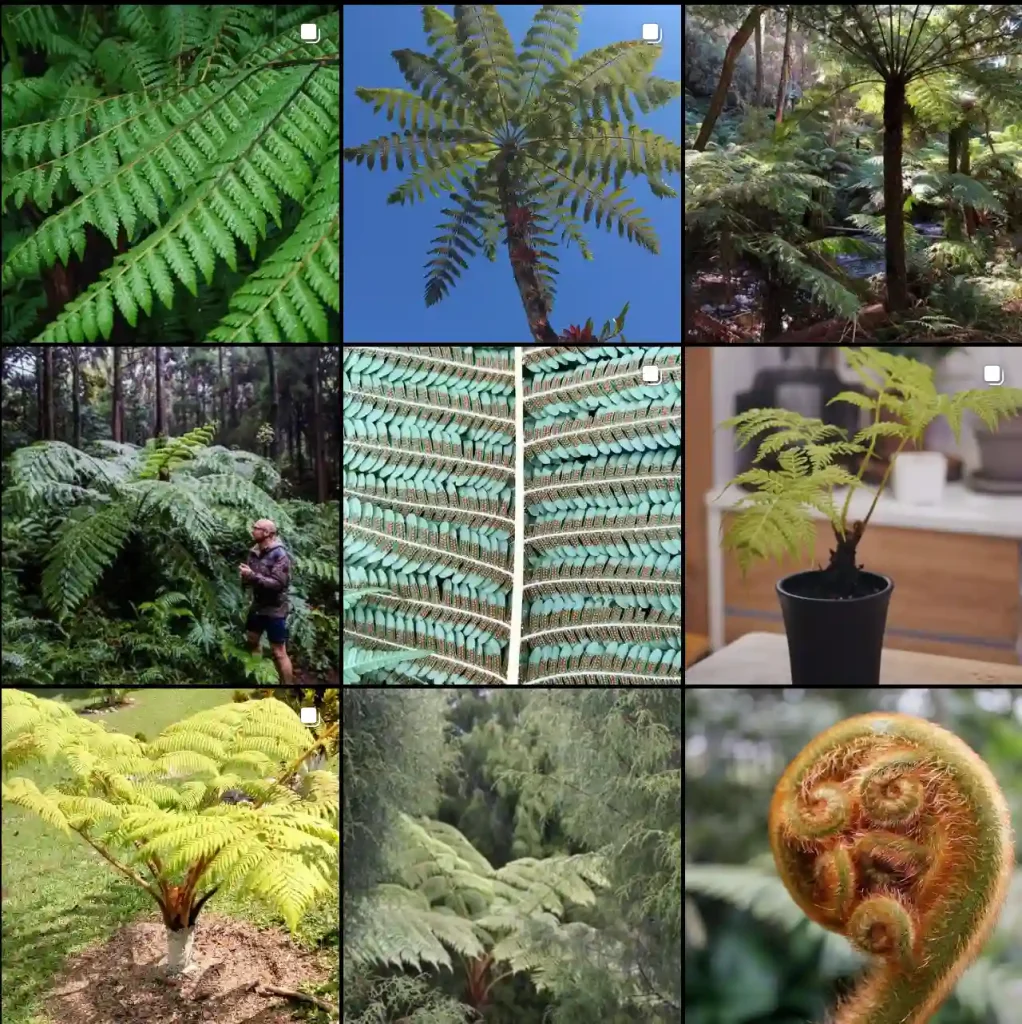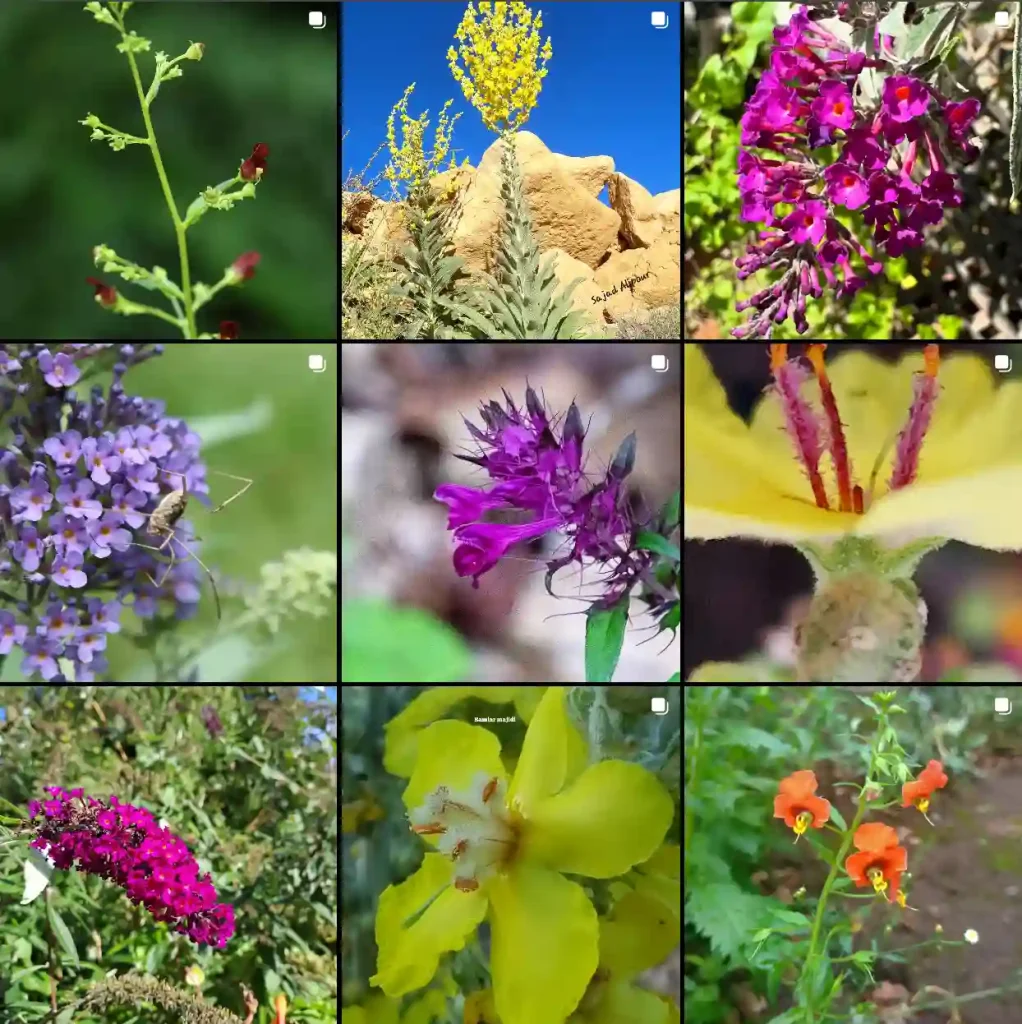What Is Dudleya Brittonii?
Dudleya Brittonii, often called the “Giant Dudleya” or “Britton’s Dudleya,” is a striking succulent native to the rocky cliffs of Baja California. Its rosette-forming growth habit and pale blue-green leaves make it a standout addition to any succulent collection. The plant is known for its impressive, tall flower spikes that emerge in late spring, bearing clusters of white or pale pink flowers.
51 Species in Genus Dudleya
How to Grow Dudleya Brittonii?
Growing Dudleya Brittonii can be an incredibly rewarding experience, but it does require a bit of attention to detail. Here’s a rundown of what you need to know:
- Light: Dudleya Brittonii thrives in bright, indirect light. A south-facing window or a location with filtered sunlight works best. Too much direct sunlight can cause sunburn, while too little can lead to leggy growth.
- Soil: Use a well-draining succulent mix or create your own by mixing sand, perlite, and potting soil. Good drainage is crucial to prevent root rot.
- Watering: This plant is drought-tolerant and prefers to dry out between waterings. Water thoroughly but infrequently—typically once every 2-3 weeks during the growing season and less in winter.
- Temperature: Dudleya Brittonii prefers cooler temperatures, ideally between 50-80°F (10-27°C). Protect it from frost and extreme heat.
- Fertilizer: Feed your Dudleya Brittonii with a balanced, diluted succulent fertilizer once a month during the growing season.
How to Care for Dudleya Brittonii?
Caring for Dudleya Brittonii involves regular checks to ensure its environmental needs are met. Here’s what to keep in mind:
- Pest Management: Keep an eye out for pests like mealybugs and aphids. If you notice any, treat the plant with insecticidal soap or neem oil.
- Pruning: Remove any dead or damaged leaves to maintain the plant’s appearance and health. If the flower stalk becomes unsightly after blooming, trim it back.
- Repotting: Repot Dudleya Brittonii every 2-3 years or when it outgrows its container. Use fresh succulent soil and ensure the new pot has good drainage.
How to Propagate Dudleya Brittonii?
Propagating Dudleya Brittonii can be done through leaf or offsets. Here’s a quick guide:
- Offsets: Gently separate offsets (pups) from the parent plant and plant them in a new pot with succulent soil. Water sparingly until new roots form.
- Leaf Cuttings: Although less common, leaf cuttings can be used. Let the leaf dry for a few days to form a callous, then plant it in succulent soil and wait for roots to develop.
What to Plant With Dudleya Brittonii?
Dudleya Brittonii pairs beautifully with other succulents and drought-tolerant plants. Consider planting it alongside:
- Sedum varieties for a diverse texture.
- Echeveria for a colorful contrast.
- Aloe Vera for a complementary look.
Can You Grow Dudleya Brittonii Indoors?
Yes, Dudleya Brittonii can be grown indoors, provided it receives ample light. Place it near a south-facing window or use a grow light to ensure it gets enough illumination. Be mindful of the plant’s need for good air circulation and avoid overwatering.
Is Dudleya Brittonii Toxic?
Dudleya Brittonii is non-toxic to pets and humans. It’s a safe choice for households with curious animals and children.
Benefits of Growing Dudleya Brittonii
Dudleya Brittonii offers several benefits:
- Low Maintenance: It’s a hardy succulent that requires minimal care, making it ideal for busy plant enthusiasts.
- Unique Appearance: Its striking rosette and tall flower spikes add visual interest to any garden or indoor space.
- Environmental Adaptability: It can thrive in both outdoor gardens and indoor environments with proper care.
Common Problems with Dudleya Brittonii
Despite its hardiness, Dudleya Brittonii can face some issues:
- Root Rot: Overwatering is a common cause. Ensure your soil drains well and allow the plant to dry out between waterings.
- Sunburn: Excessive direct sunlight can scorch the leaves. Adjust its placement to provide filtered light if necessary.
Dudleya Brittonii vs. Pulverulenta
When comparing Dudleya Brittonii to Dudleya Pulverulenta, here are the key differences:
- Size: Dudleya Brittonii is larger and more robust than Dudleya Pulverulenta, which is generally smaller and more compact.
- Leaf Color: Brittonii has pale blue-green leaves, whereas Pulverulenta often displays a more frosty, silver-gray appearance.
- Flower Spike: Brittonii produces taller flower spikes compared to the more modest spikes of Pulverulenta.
Both plants are beautiful in their own right, but your choice may depend on the size and aesthetic you’re aiming for in your collection.
Conclusion
Dudleya Brittonii is a remarkable succulent with its unique appearance and low-maintenance requirements. By understanding how to grow, care for, and propagate it, you can enjoy its beauty and benefits for years to come. Whether you’re comparing it to other Dudleya species or integrating it into your indoor or outdoor space, this plant is sure to impress.
If i die, water my plants!



